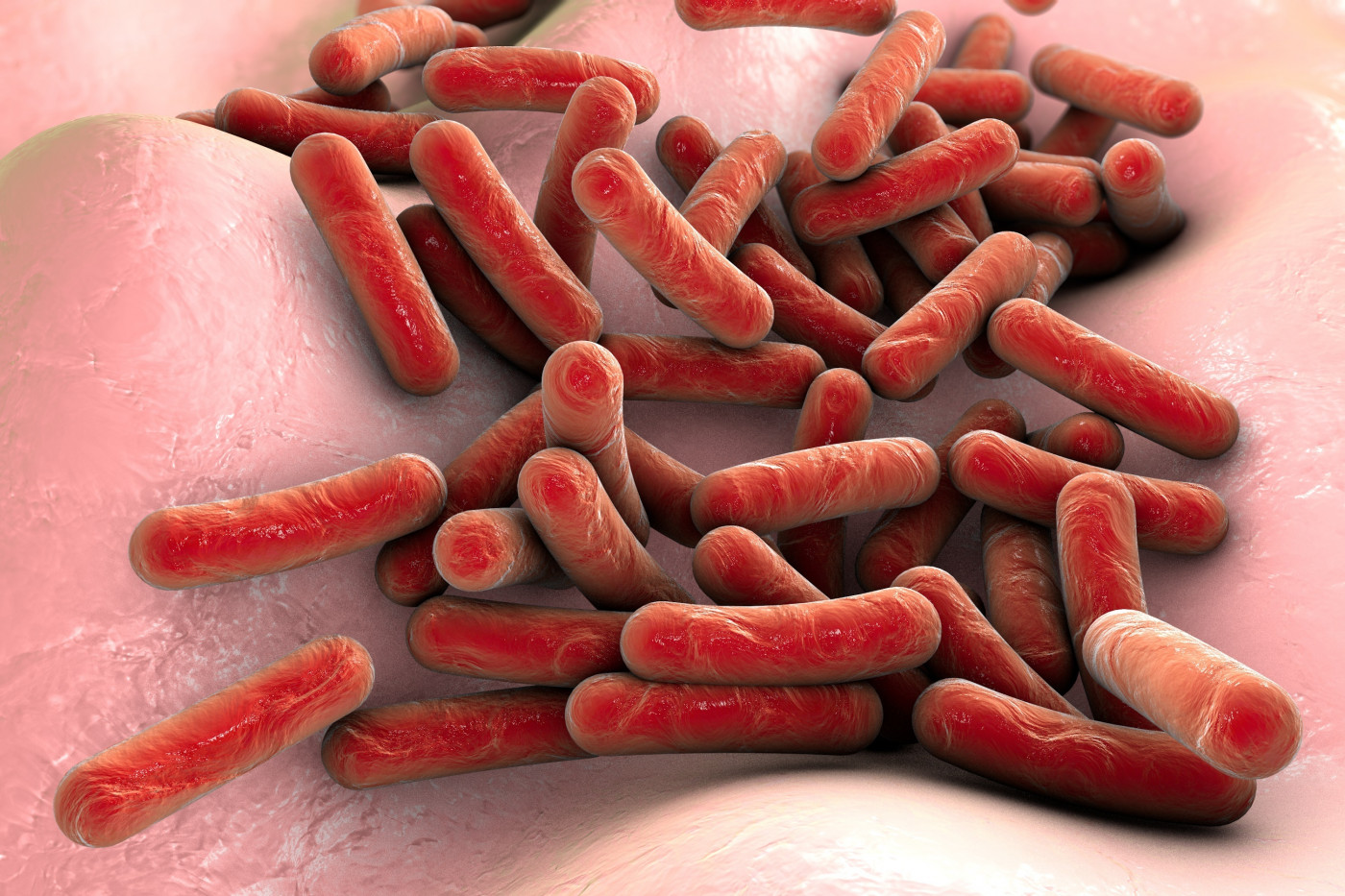Poor Oxygen Conditions May Promote P. aeruginosa Infection Over Other Pathogen in CF, Study Suggests
Written by |

Poor oxygen conditions, a common trait in the lungs of cystic fibrosis (CF) patients, may help Pseudomonas aeruginosa bacteria outcompete other infectious agents, namely Staphylococcus aureus, a study suggests.
The study, “Anaerobiosis influences virulence properties of Pseudomonas aeruginosa cystic fibrosis isolates and the interaction with Staphylococcus aureus,” was published in the journal Nature Scientific Reports.
Opportunistic pathogens often infect CF patients. Staphylococcus aureus is one of the first bacteria to colonize the lungs of a child with CF, and the most common infection in the first decade of their life. Pseudomonas aeruginosa, another common bacteria in CF, tend to colonize the lungs overtaking S. aureus.
Research suggests that P. aeruginosa produces specific molecules that target S. aureus, reducing bacteria numbers. Nonetheless, according to the researchers, studies estimate that a third of adult CF patients are infected with both types of bacteria, and this co-infection is associated with lower pulmonary function and more lung complications.
In CF, very low levels of oxygen are observed in some regions of the lung, due to the presence of thick mucus and oxygen consumption by immune cells called neutrophils.
Researchers at Aston University, Birmingham in the U.K. investigated how oxygen availability — which is known to affect bacteria energy production — affects bacteria interactions in CF. To answer this question, they used commercially available bacteria strains and bacteria isolates from the sputum of three CF patients.
First, they saw that under normal oxygen concentrations, P. aeruginosa was indeed able to outcompete S. aureus in all the tested strains (commercial and CF sputum isolates); reduction of the S. aureus load varied between 1.5 and 2.5 log, meaning a 90–99% decrease respectively in bacteria numbers.
However, when bacteria were growing without oxygen — a condition called anoxia — P. aeruginosa no longer dominated S. aureus.
“It is evident that anoxia facilitates S. aureus–P. aeruginosa co-existence in an isolate dependent manner,” the researchers wrote.
The team thus hypothesized that the lack of oxygen could affect the production of proteases — special proteins that cleave (destroy) other proteins — by P. aeruginosa to destroy S. aureus.
Analysis of P. aeruginosa’s secreted proteins revealed that, under anoxia conditions, the relative abundance of elastase, a protease that helps destroy the bacteria cell wall, was 20.2 times lower. However, this varied in CF sputum samples.
Next, the researchers assessed the impact of oxygen on the mobility of both bacteria strains. They observed that, in some patient isolates, anoxia reduced the mobility capacity of P. aeruginosa. However, when the team added secreted factors produced by S. aureus, the infection of which precedes P. aeruginosa, these restored the mobility of P. aeruginosa.
These results suggest that oxygen influences the interspecies relation between P. aeruginosa and S. aureus.
“This study suggests changes in oxygen availability within regions of the CF lung is likely to influence interspecies interactions and in turn, potentially influence disease progression,” the researchers wrote.
But if and how this interaction promotes P. aeruginosa dominance seems to be dependent on the patient’s isolate.
“Further work is required to determine the nature of the major anti-staphylococcal compound which facilitates P. aeruginosa dominance under both normoxia [normal oxygen levels] and anoxia,” the team added.






